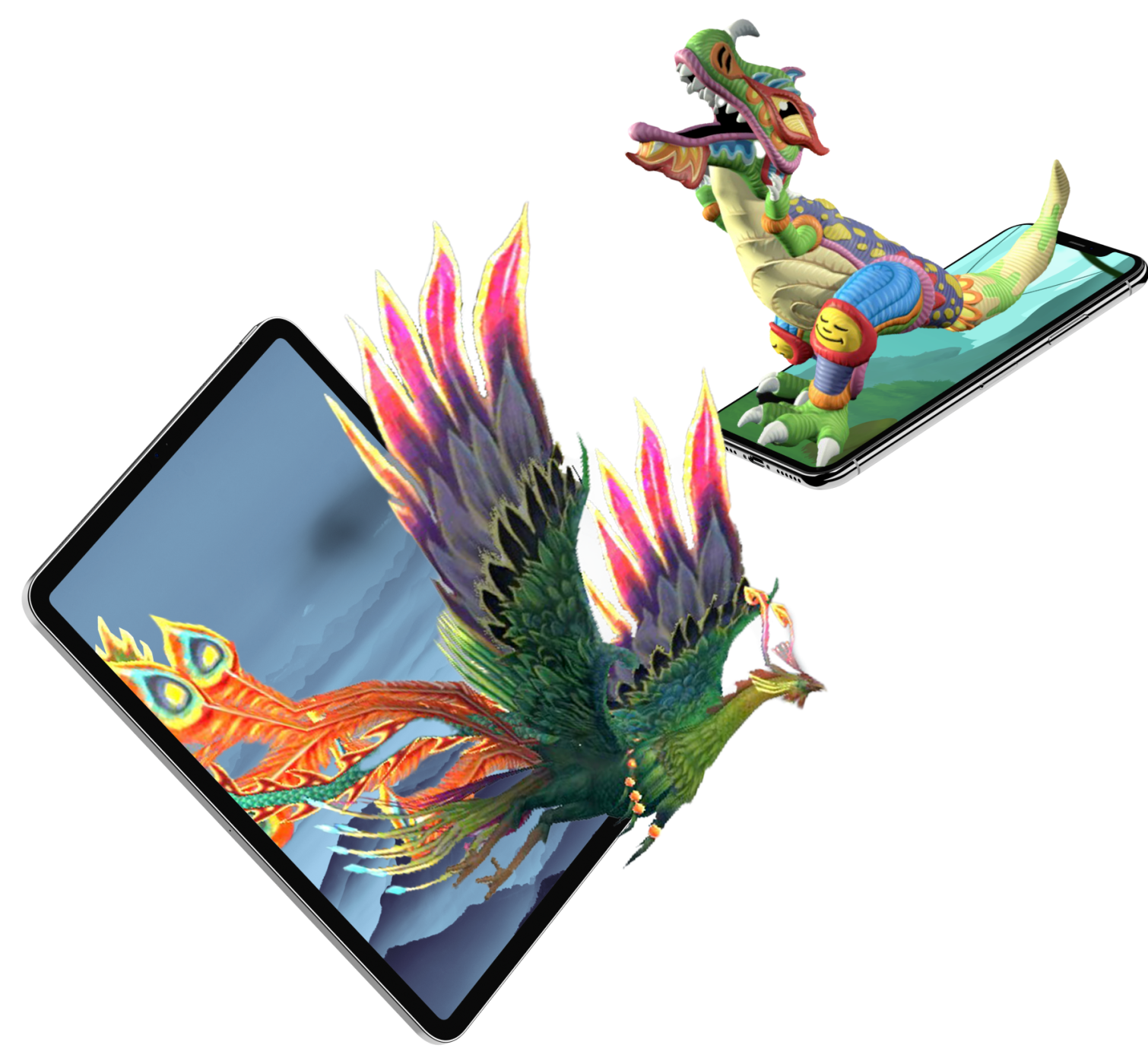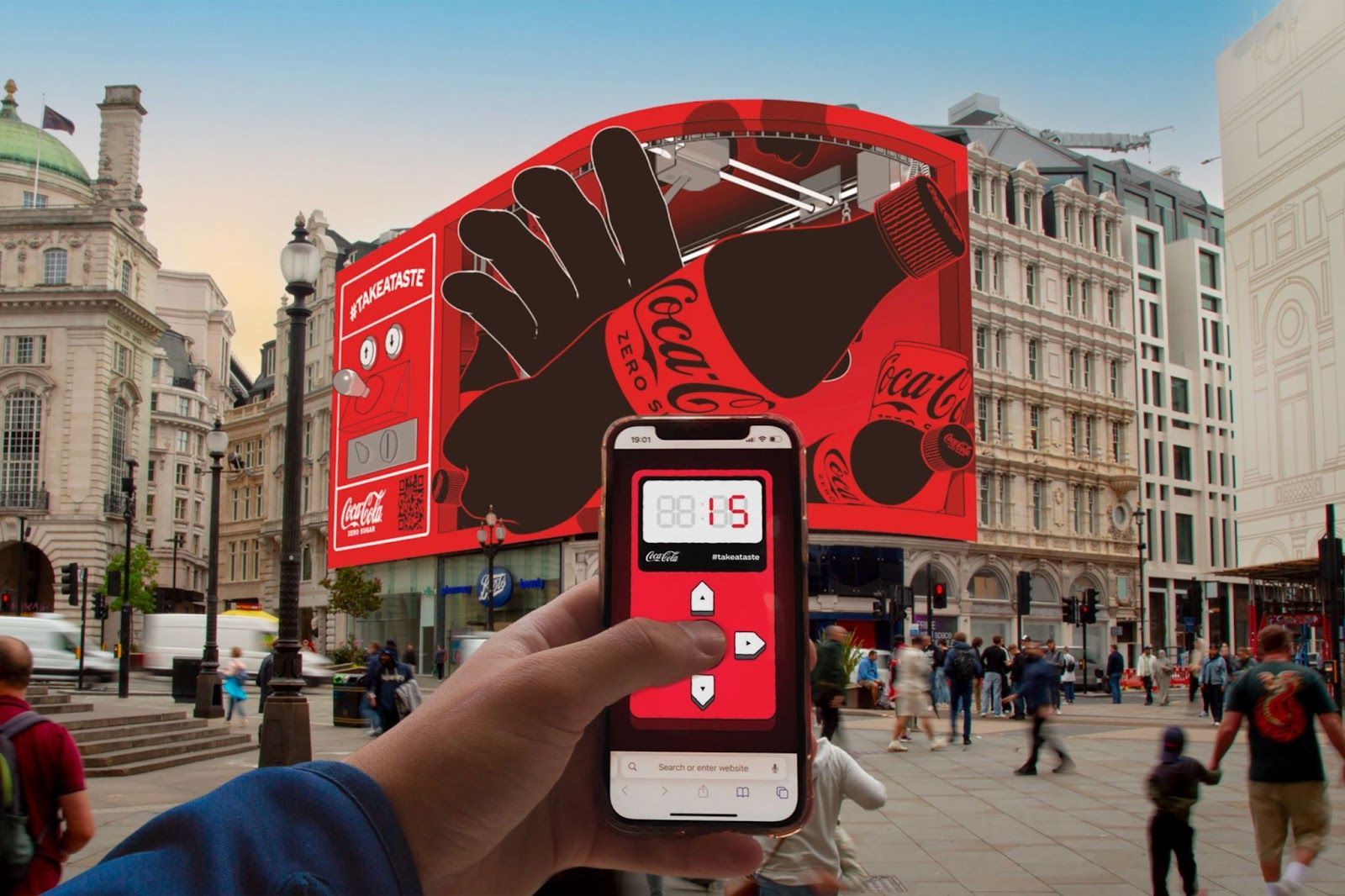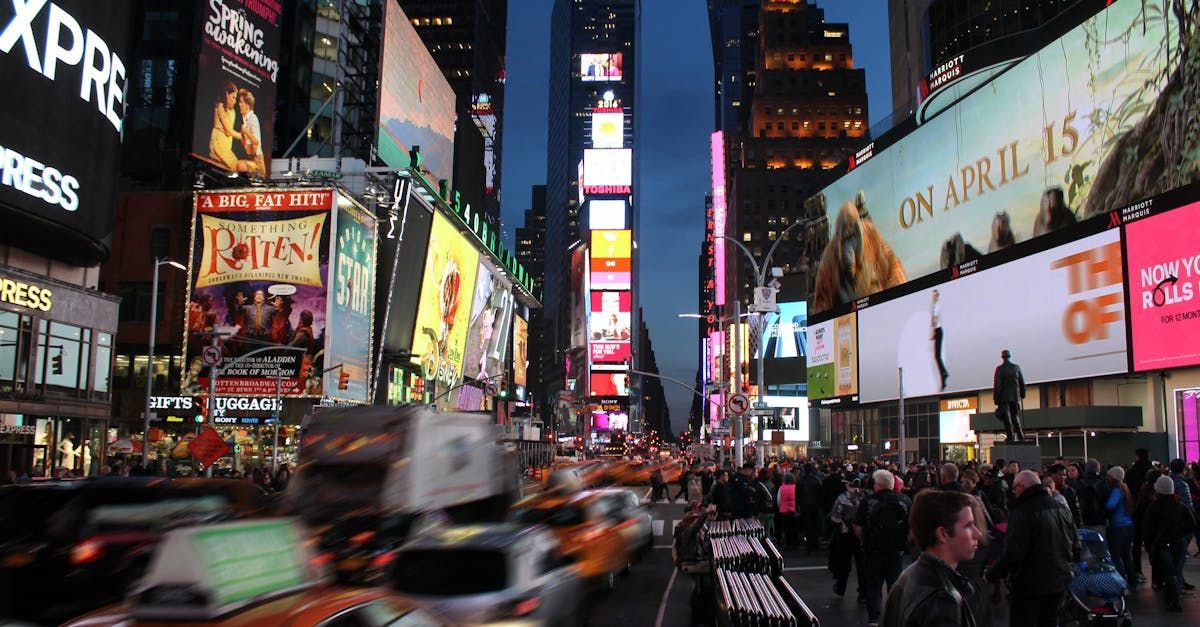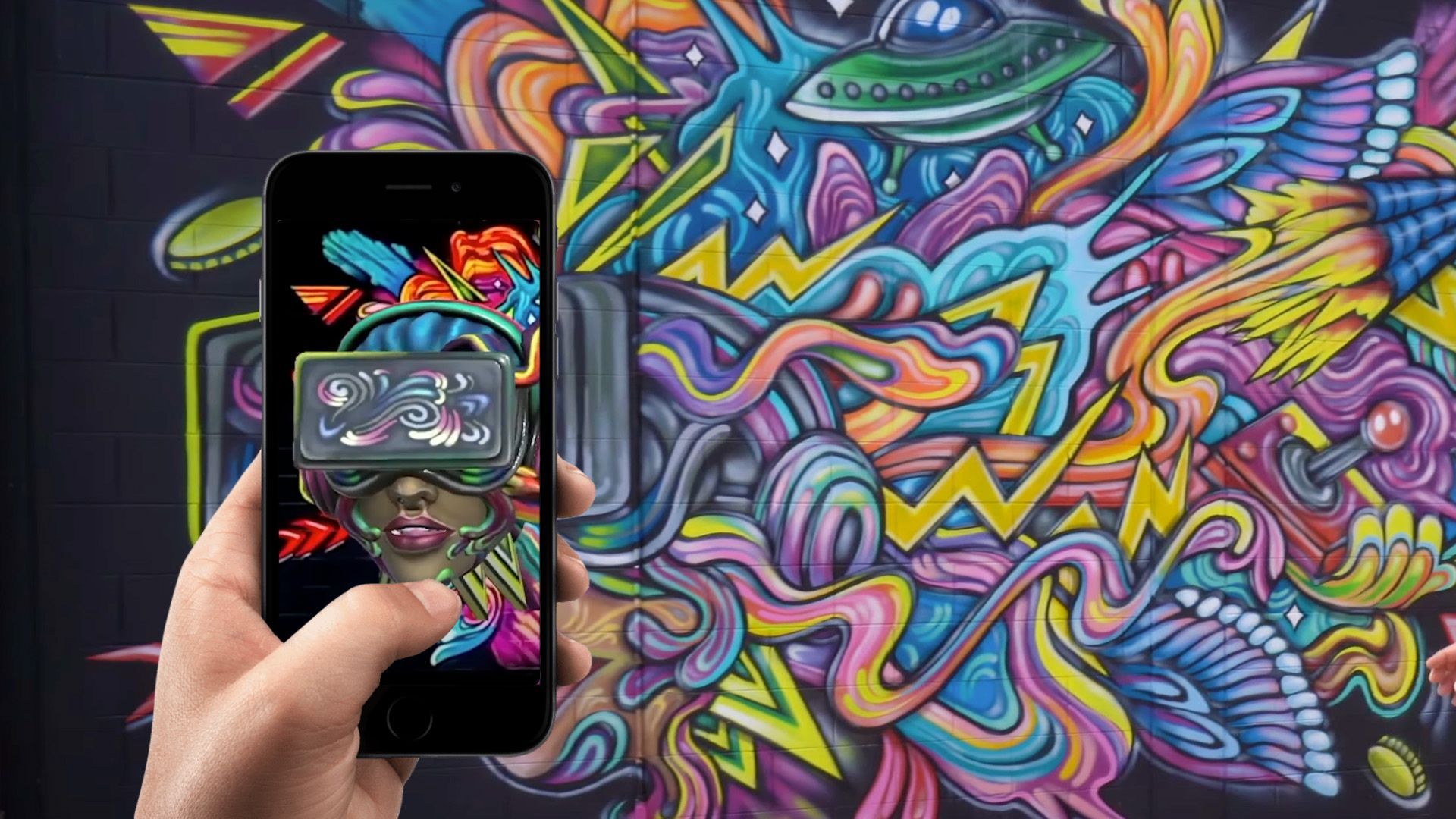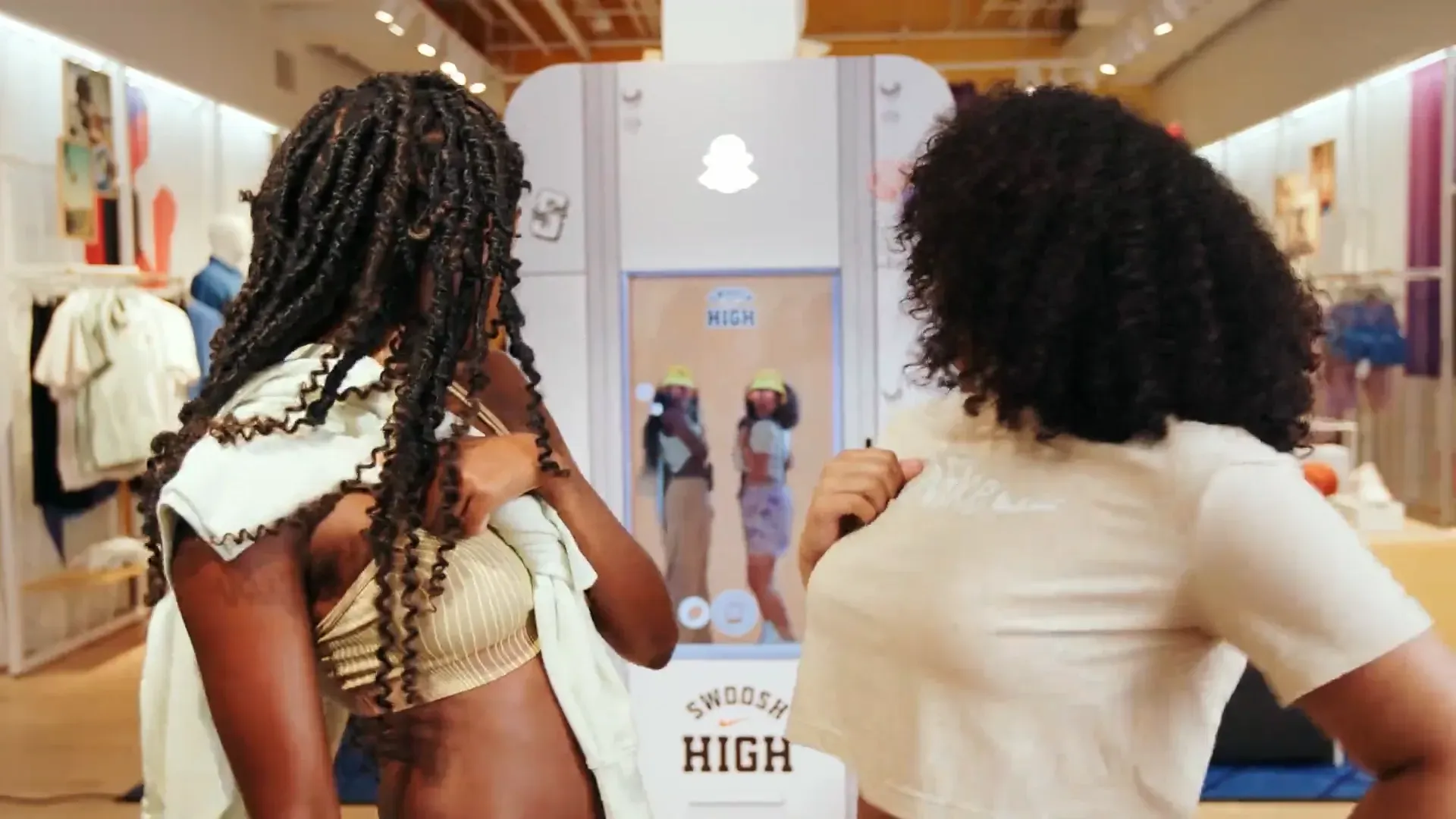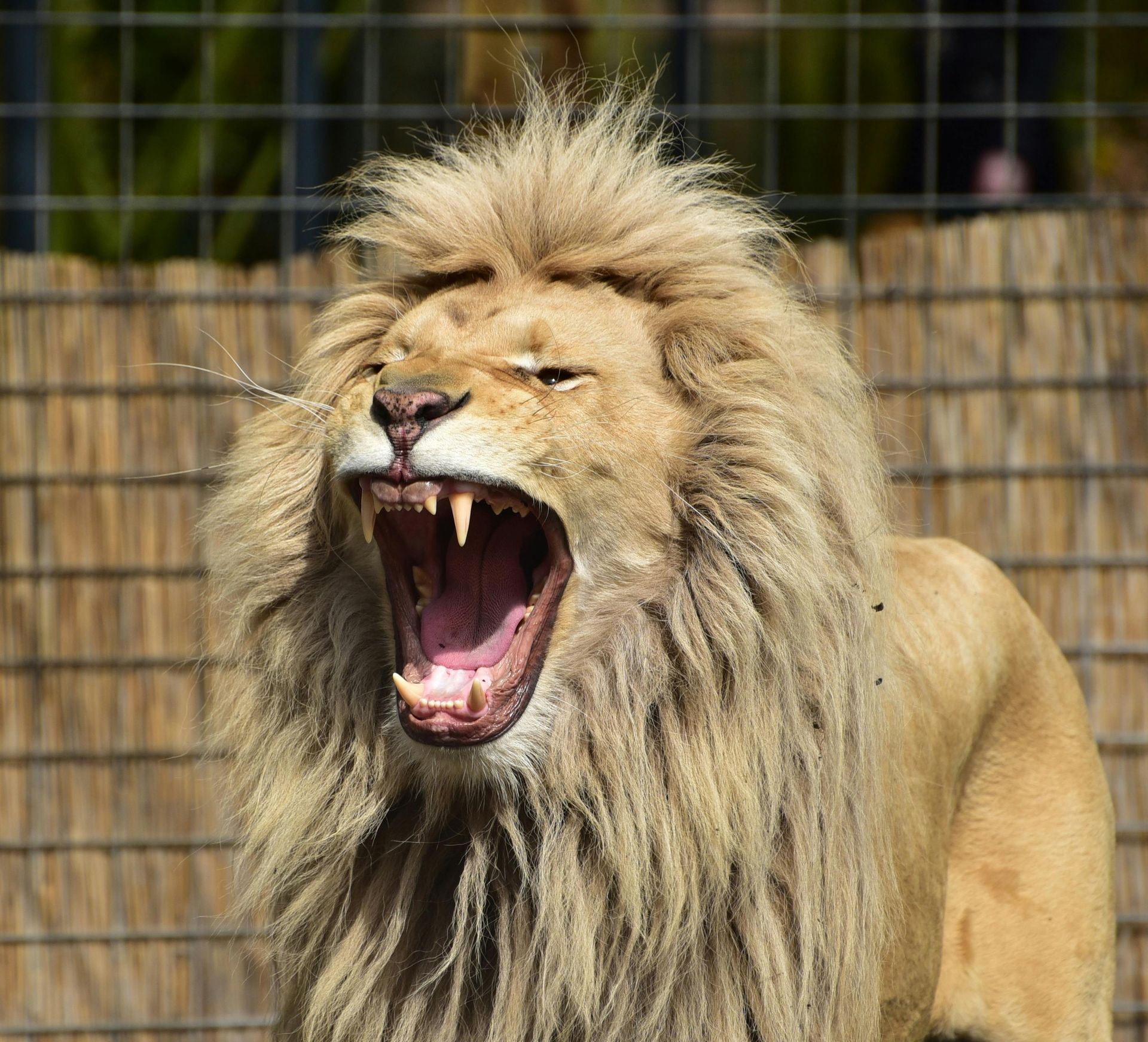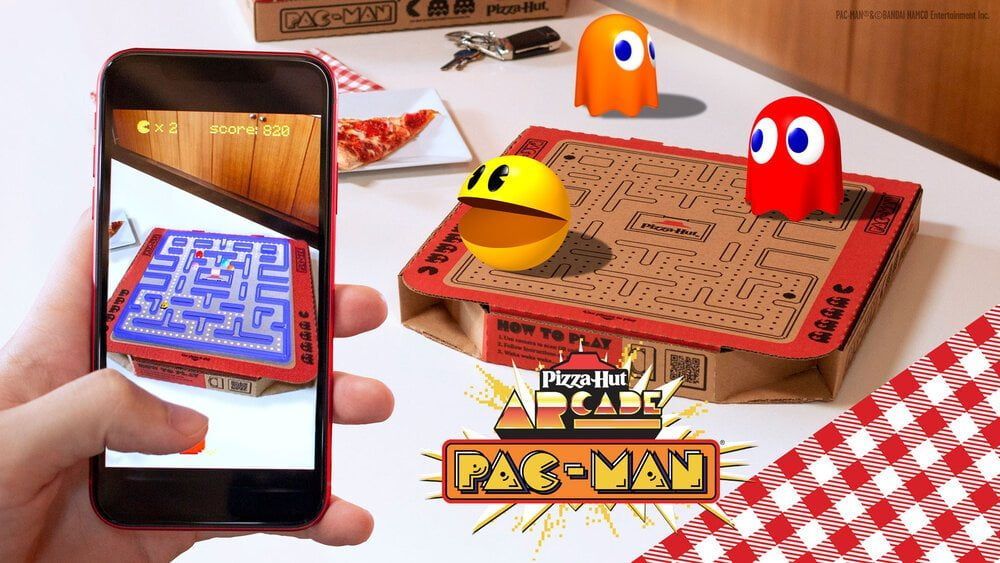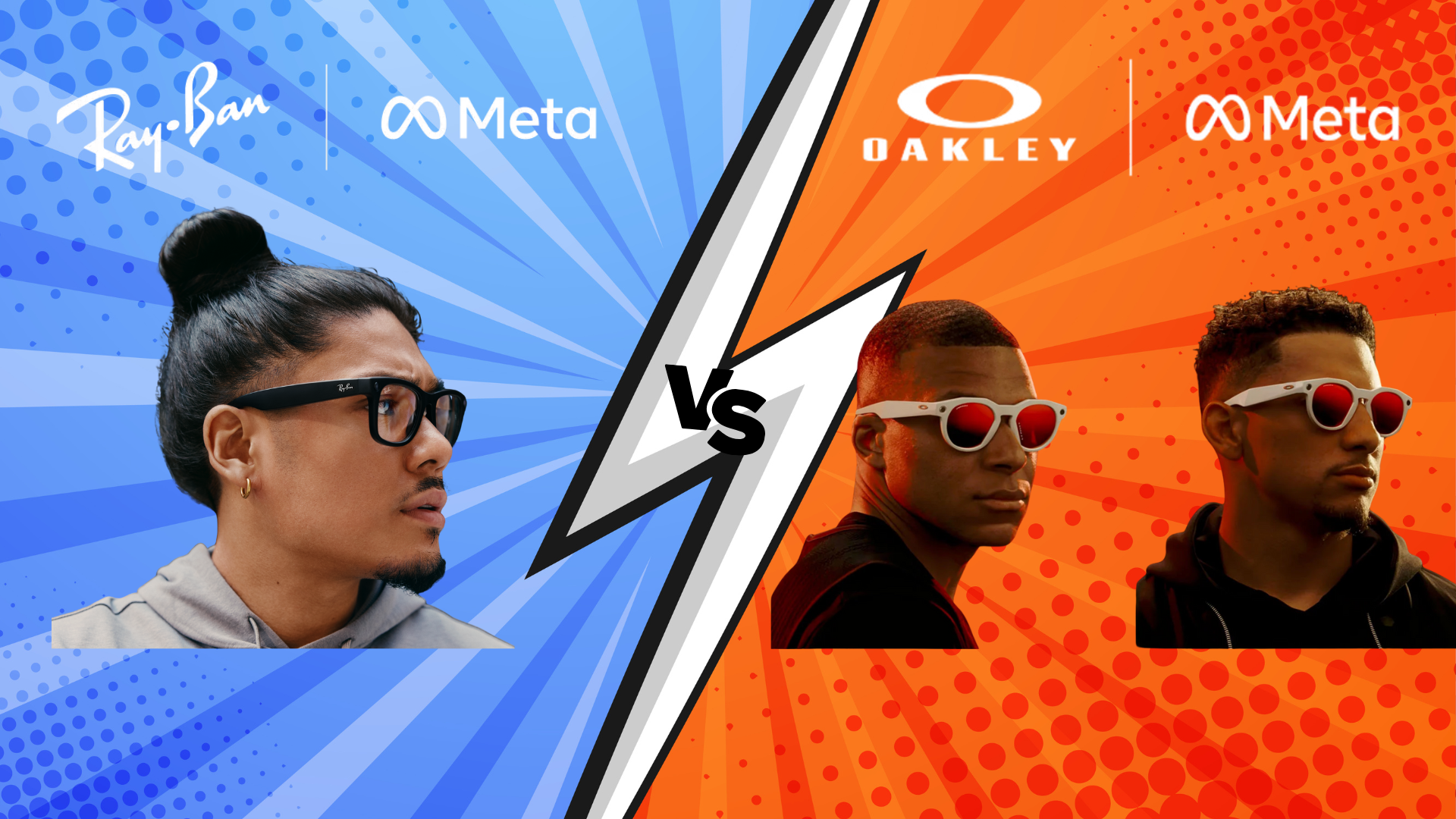OOH vs DOOH Advertising Explained: A Comprehensive Guide for Businesses
Reaching your audience outside of their homes remains one of the most effective ways to increase brand awareness and drive consumer action in advertising. Businesses considering outdoor advertising have two primary options: traditional Out-of-Home (OOH) advertising and the more modern Digital Out-of-Home (DOOH) advertising.
Both OOH and DOOH have unique advantages but differ in their delivery methods, costs, and capabilities. This article will explain the key differences between OOH and DOOH advertising, helping you decide which is best suited for your business needs.
What is OOH Advertising?
Out-of-home (OOH) advertising refers to any form of advertising that reaches consumers outside their homes. This includes billboards, bus shelter ads, posters on buildings, and more. OOH is one of the oldest forms of advertising, dating back to ancient Egypt, where merchants used outdoor signage to promote their products.
Today, OOH advertising is more sophisticated, offering various formats and targeting options. Despite the rise of digital marketing, OOH remains a powerful tool for reaching a broad audience in high-traffic locations. Traditional OOH is particularly effective for making bold brand statements and building long-term brand recognition.
What is DOOH Advertising?
Digital Out-of-Home (DOOH) advertising extends traditional OOH but with a digital twist. DOOH ads are displayed on digital screens, such as LED billboards, digital transit ads, and interactive kiosks. The rise of DOOH has revolutionized the OOH industry, providing advertisers greater flexibility, real-time updates, and advanced targeting options.
Unlike static OOH ads, DOOH ads can rotate multiple messages throughout the day and even incorporate video, subtle motion, and augmented reality (AR) to engage audiences. DOOH’s digital nature allows advertisers to adapt their campaigns on the fly, ensuring that their messaging remains relevant and impactful.
Key Differences Between OOH and DOOH Advertising
While OOH and DOOH share similarities, their differences are significant enough to influence a business's chosen method.
1. Medium and Delivery
- OOH: Traditional OOH ads are physical, printed on materials like paper, vinyl, or other tangible substrates. These ads are static and remain in place for a specified duration, such as two weeks or a month.
- DOOH: DOOH ads, on the other hand, are digital and rely on screens and an internet connection. These ads can be updated in real-time, allowing for dynamic content that changes throughout the day.
2. Cost
- OOH: Generally, OOH is one of the most cost-effective forms of advertising. The cost involves printing and placement, and the ad remains unchanged for the campaign's duration.
- DOOH: DOOH tends to be more expensive due to the technology involved and the added benefits of real-time updates and targeting. However, the potential for higher engagement can justify the cost.
- justify the cost.
3. Content Flexibility
- OOH: With OOH, the content is fixed once the ad is printed. Any changes require a new print run, which can be costly and time-consuming.
- DOOH: DOOH allows for flexible content that can be updated remotely. This means that advertisers can run multiple ads in a single location, changing the content based on time of day, weather conditions, or other factors.
4. Interactivity and Engagement
- OOH: Traditional OOH is non-interactive. It delivers a one-way message to the audience without the possibility of real-time engagement.
- DOOH: DOOH shines in interactivity. Digital panels can include touchscreens, cameras, and other interactive features that allow consumers to engage with the ad by playing a game, taking a selfie, or scanning a QR code.
The Benefits of OOH Advertising
OOH advertising has been a staple in marketing for centuries, and its benefits are well-established:
- Broad Reach: OOH ads are typically placed in high-traffic areas, ensuring that a large and diverse audience sees them. This makes them ideal for brand-building campaigns.
- Credibility: OOH has a long history of success, and its physical presence adds credibility. Large billboards and posters signal that a brand is established and trustworthy.
- Long-Term Impact: The static nature of OOH means that the same people are likely to see the ad multiple times, which can enhance brand recall and recognition over time.
The Benefits of DOOH Advertising
DOOH takes the strengths of traditional OOH and amplifies them with digital technology:
- Dynamic Content: DOOH allows advertisers to display different messages simultaneously, keeping the content fresh and engaging. For example, a coffee shop can advertise breakfast in the morning and dinner specials in the evening.
- Targeted Advertising: DOOH can be hyper-targeted based on time of day, location, and even the audience's demographics. This increases the relevance of the ad and can significantly boost campaign effectiveness.
- Interactivity: DOOH offers a level of interactivity that traditional OOH cannot. Digital screens can engage consumers directly, creating a memorable experience that can drive action.
OOH vs. DOOH: Which Should You Choose?
Choosing between OOH and DOOH depends on your business goals, target audience, and budget. Here are some considerations to help you decide:
- If your goal is to make a bold, widespread brand statement: OOH is a cost-effective choice that ensures broad visibility and credibility. It’s perfect for campaigns where everyone in a specific area needs to see the message.
- If your goal is to create a dynamic, engaging campaign with precise targeting: DOOH is the way to go. Its ability to rotate ads, update content in real-time, and interact with consumers makes it ideal for businesses that want to engage their audience in a more personalized way.
The Future of OOH and DOOH Advertising
The distinction between OOH and DOOH may become less pronounced as technology evolves. Traditional OOH formats are already incorporating digital elements, and the rise of programmatic DOOH, where ads are purchased and displayed using automated systems, is set to transform the industry further.
In the near future, AI and machine learning could significantly influence DOOH, allowing for even more precise targeting and personalization. This would make DOOH an even more powerful tool for advertisers looking to reach their audience in innovative ways.
Conclusion
Both OOH and DOOH advertising offer unique advantages that can enhance your marketing strategy. Traditional OOH is reliable and effective for building broad brand awareness, while DOOH provides the flexibility, interactivity, and targeting capabilities needed in today's fast-paced digital world.
By understanding the strengths of each medium, you can make an informed decision about which type of advertising will best meet your business needs. Whether you choose OOH, DOOH, or a combination of both, creating a campaign that resonates with your audience and drives results is key.
TALK TO A PRO
We're here to bring your brand to life!
Stay Connected with BrandXR
Create Augmented Reality for Free!
Create, Publish, and Measure 3D Augmented Reality Experiences Without Having to Code.
